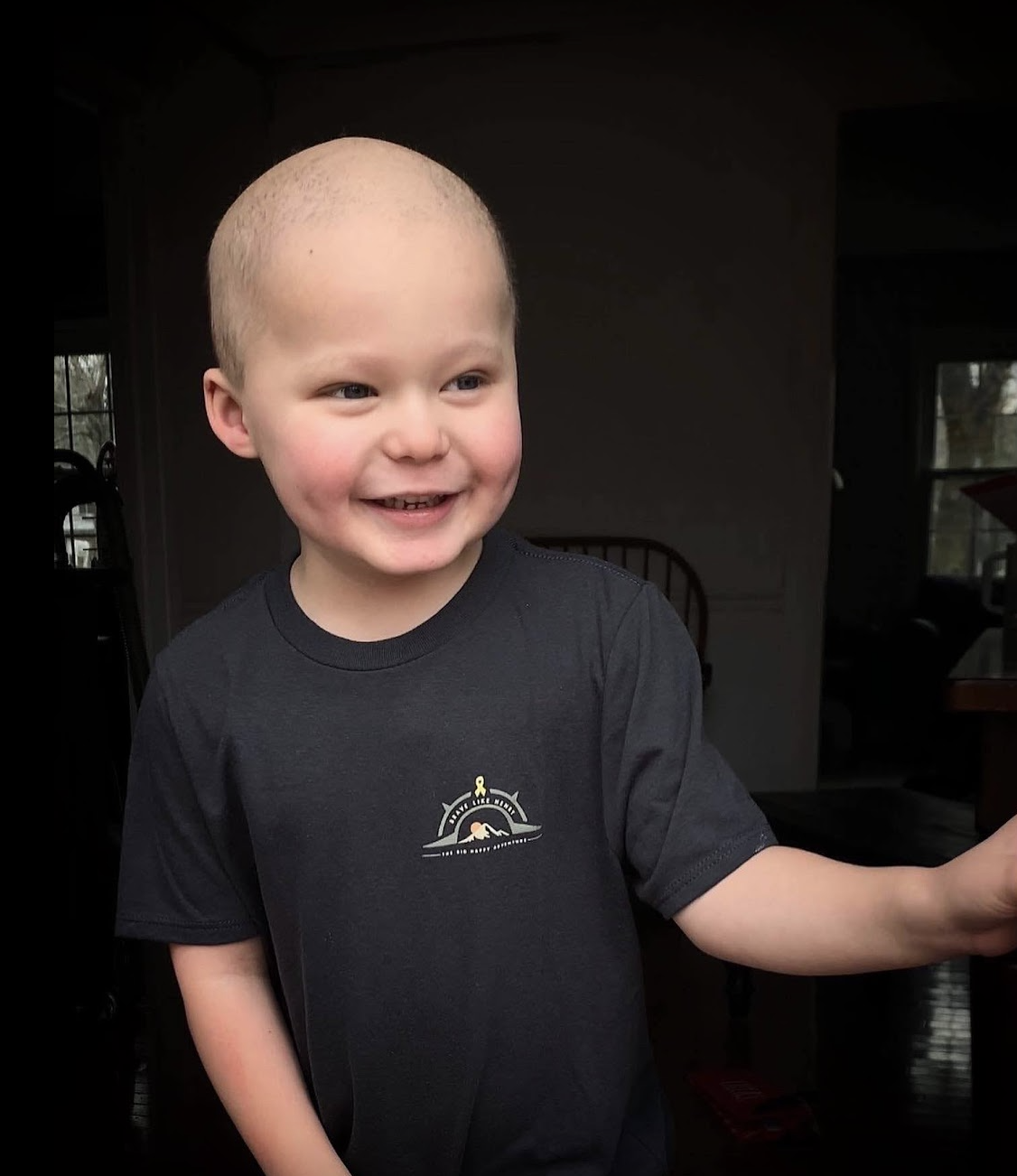Inspirational Stories
Henry
leukemia
On April 6, 2021, we heard for the first time, “We think it's leukemia.” As I watched my boy jumping on the neighbor's bounce house enjoying the first warm spring afternoon, my mind went to one simple question, “Why him?” Up until that point, our then three-year-old, Henry, had been the happiest and healthiest toddler. With a shallow breath, tears in our eyes, and our hearts broken, we pulled away from our driveway that spring afternoon, waving goodbye to our 18-month-old baby, Charlie, while rushing our first baby to the only place we knew that would be able to give him the care necessary to save his life, UH Rainbow Babies and Children's Hospital.
Henry would spend the next 27 days inpatient receiving the necessary but extremely toxic chemotherapy drugs to stop cancer in its tracks; completely wiping it and the rest of Henry's immune system clean from his small fragile body, reaching remission within the first 28 days of treatment.
B-cell acute lymphoblastic leukemia (B-ALL) is a type of blood cancer, so if there’s just one cell remaining after frontline treatment, the cancer can return. Because of this, Henry would embark on what proved to be the longest 2.5 years of our lives. Induction turned into frontline treatment which consisted of Henry physically enduring and our family enduring the grueling schedule of weekly hospital visits for multiple chemo infusions, too-many-to-count chemo injections to his spinal cord via lumbar punctures, countless medi-port access for blood draws, blood transfusions, daily chemo pulls, and more.
For Henry, the biggest opportunity for treatment success came when the blinatumab clinical trial was presented to us as an option. Though his treatment plan would still follow one created in the 70s for adult patients, Henry would be given a break two times throughout the two years for 28 days when an immunotherapy drug would flood his system, targeting whatever potential cancer cells might still be lingering in his system.
To pump this drug into Henry’s body, the clinical trial required Henry to be accessed via his medi-port and attached to a portable IV Pump 24/7 for 28 days straight. As you can imagine, the logistics of asking a three-year-old to do this was an undertaking, and as a result of allowing our boy the opportunity to be a normal kid, we were venturing to the ER many times late at night unplanned because of a de-accessed medi-port. When deciding on whether or not to participate in the clinical trial, Henry’s oncologist stated plainly and effectively, "Henry’s treatment plan will either help Henry or help Henry and help other kids," and that’s when we knew that participation in the clinical trial was a no-brainer. Though the ideal end goal is a cure, if we can’t get that, then we can at least get more advanced, well-researched, less toxic, and invasive treatment options available for pediatric cancer patients.
During maintenance, the so-called “easy phase” of treatment where life is supposed to feel a bit more manageable, there were so many additional unplanned stays in the hospital when Henry's body, though strong in stature, was so weak internally. He couldn’t fight off the most common viruses and infections. Despite all of that and more, “The Big Happy” remained resilient, brave, and fun-loving.
In June 2023, Henry rang the bell loud and proud, signifying the end of his treatment plan. Many will ask what is next for Henry now that treatment is done, and the best way we can summarize those next steps is simply to . . . wait. We wait to see if the treatment has worked to keep Henry's cancer in remission. We wait and watch Henry and his little brother Charlie enjoy life.
